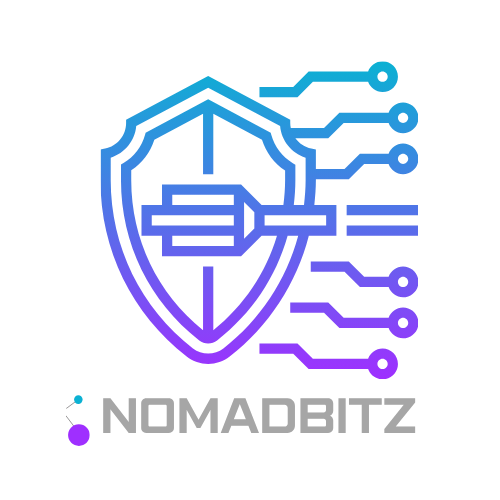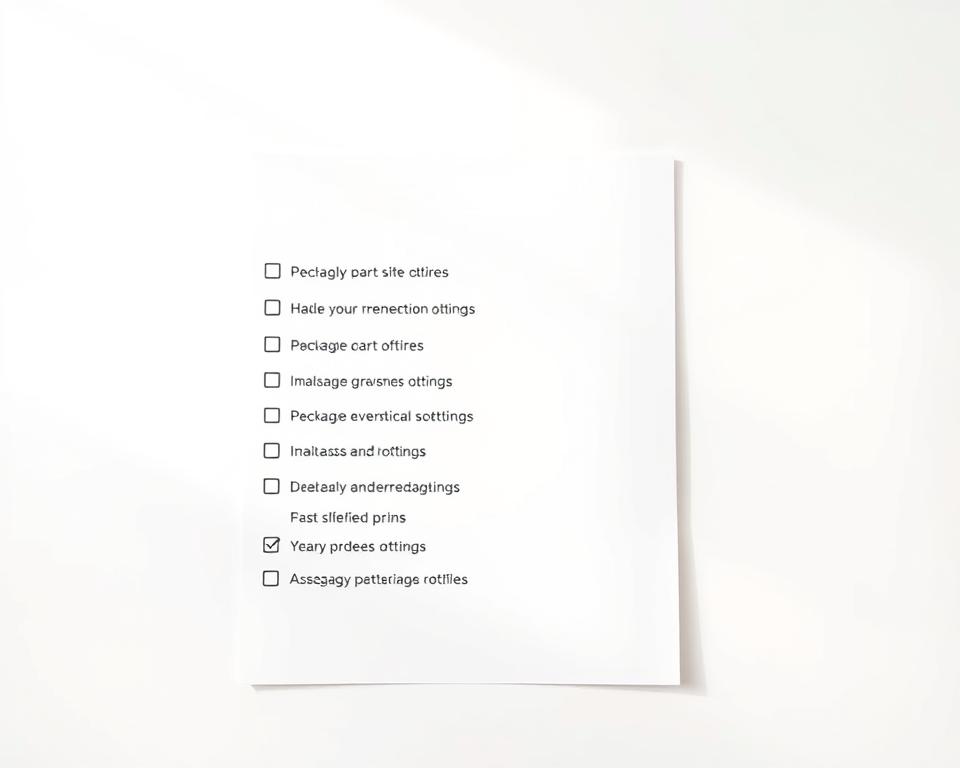Anúncios
remote work ai trends are changing how you organize teams and set priorities right now.
How will these shifts alter the next twelve months for your business? Data shows remote roles steadied near 6% of new postings in early 2025 and about 5.8 million listings in 2024, while nearly 29% of paid U.S. workdays were done from home in April 2025. Leaders report mixed productivity signals: some remote-only patterns add +51 productive minutes per day, while hybrid cases vary.
This report gives you a clear path: start with where flexible models stand, then use productivity and labor signals to refine goals, meeting norms, and offers. We map the collaboration and automation stack so you can pick tools that fit security and workflow needs.
Actionable guidance: test small pilots, capture baseline metrics, and iterate based on evidence. Use the sections ahead to turn data and expert insight into practical pilots for your teams and spaces.
Why remote work AI trends matter now
Now that adoption has settled, you can move from reactive fixes to deliberate strategies that fit your teams.
Anúncios
Introduction
What’s at stake: stabilized adoption means your decisions will shape day-to-day experience for employees and the bottom line for companies.
Context and relevance
Simple data points explain why this matters: remote postings held near 6% in early 2025 and about 29% of U.S. workdays were done from home.
Policy currents—like EU right-to-disconnect rules and potential U.S. rural tax credits—are already changing expectations about schedules and pay.
Anúncios
How to read this trend report
Use this guide as practical, not predictive. Test one change at a time, measure baseline metrics quarterly, then iterate.
- Metrics to track: application flows, productive minutes, vacancy rates.
- Start small: pilot one strategy per team and evaluate employee feedback.
- Coordinate: involve HR, Legal, and IT for policy, privacy, and security alignment.
- Communication: set clear after-hours norms tied to company policy and employee needs.
Throughout the report you’ll find clear actions you can run in a single team and expand only when data shows positive results.
The state of flexible work in 2025: Remote, hybrid, and on-site realities
By 2025, a steady mix of home and office days has become the new normal for many teams. That stability lets you plan rather than react.
Adoption snapshot: about 29% of U.S. paid days were done at home and roughly 6% of job postings list fully remote since late 2024. Gallup data shows a split: ~50% hybrid, 30% fully remote, 20% on-site.
Use this equilibrium as your baseline. Treat the figures as a planning assumption so you can size office seats, coworking passes, and schedules to match demand.
- Do role-by-role assessments: pair on-site anchor days for team syncs with home blocks for focus.
- Translate market data into capacity: decide how many desks versus passes you need.
- Equip managers with simple tools to coordinate schedules and measure output.
- Run opt-in pilots and review quarterly to refine your model.
Practical tip: align flexibility to business cycles—more office time for launches, more home days for analysis sprints—to match task needs and keep your workforce engaged.
Productivity and performance: What the data really shows
Data now gives you clear signals about how to shape daily routines and priorities. Measured output can point the way, but it is not a promise. Use figures to design guardrails that keep employees productive and rested.
Measured output and what it means
ActivTrak 2025 finds remote-only arrangements added about +51 productive minutes per day while hybrid averaged -8 minutes. Hybrid days also span roughly 9h50m versus 8h50m for others, which raises context-switching and idle time.
Guardrails that work
- Use the +51-minute lift as a directional indicator, not a guarantee. Pair it with clear time boundaries to avoid weekend creep.
- Protect focus blocks of 90–120 minutes for high-complexity tasks and mark them on shared calendars.
- Replace hours-based oversight with outcome metrics: weekly deliverables, quality bars, and coaching cadences.
- Pilot meeting-light weeks by switching status calls to async briefings that note goals, blockers, and next steps.
Metrics and simple analytics
Track three signals: productive minutes, after-hours use, and context switches. Use analytics at the team level, respect privacy, and publish results so workers see changes as iterative improvements.
Talent markets and engagement: Flexibility as a competitive lever
Hiring gravity now pulls toward flexible postings. LinkedIn shows 20% of postings are labeled flexible, yet those roles attract about 60% of applications. That gap changes your sourcing and employer brand.
Application signals and engagement risk
Data from University of Pittsburgh links strict office mandates to lower satisfaction and higher attrition, especially for senior and female talent. Randstad found 83% value work-life balance over pay.
“Flexible roles get far more applicant interest, so your job ads and interview flow matter.”
Practical moves you can try
- Tune job posts to highlight location choice when tasks allow and set clear time zone expectations.
- Pair on-site perks with home equivalents—stipends or streamed events—to treat employees equitably.
- Run monthly pulse surveys to catch engagement dips and adjust schedules or manager support early.
- Pilot small cohorts with alternative schedules or hybrid work days and measure satisfaction and output.
- Use hiring-funnel and exit data to refine benefits and the growth path for remote roles so workers see clear advancement.
Communicate the why behind any schedule change. Clear rationale keeps trust high across teams and organizations while you iterate.
AI collaboration stack: Tools and practices that boost distributed teams
Pick a few reliable tools to simplify coordination and keep time for high-value tasks.

Start with low-risk upgrades to your communication layer. Use Zoom AI Companion for concise meeting summaries, Otter.ai for transcripts, and Slack or Teams assistants to capture action items. These choices cut meeting load and raise clarity.
Map tasks to a single source of truth. Choose Asana or Monday for prioritized task lists and Trello for visual flow. Agree on one platform per team so people know where to find status and next steps.
- Automate scheduling: Calendly plus Zapier reduces back-and-forth and frees time for strategic work.
- Standardize docs: Notion AI can create briefs, meeting notes, and checklists to improve consistency across roles.
- Turn data into decisions: Use Tableau or Power BI dashboards so managers spot trends without manual reports.
Measure adoption with clear KPIs: fewer meetings, shorter cycle times, and cleaner handoffs. Pilot by function—support, marketing, engineering—and keep security and access controls tight.
Quick wins: offer short micro-trainings for professionals, consolidate duplicate apps quarterly, and publish simple etiquette for async posts versus live calls. These steps protect time and improve the day-to-day experience for teams and companies.
Leadership playbook for hybrid work
Your role is to turn flexible schedules into clear outcomes. Start by setting simple norms that make team presence purposeful and reduce friction across locations.
Anchor days with purpose
Reserve in-person days for activities that need proximity: brainstorms, client demos, or retrospectives. Publish the agenda in advance so time together focuses on high-value collaboration.
Outcome over hours
Define weekly deliverables per job and agree on quality measures. This approach measures success by output, not desk time, and helps employees plan deep-focus blocks.
Check-ins and coaching
Use short, structured touchpoints to clear blockers and coach priorities. Reinforce boundaries like quiet hours and no-meeting windows to protect focus.
Actionable leadership checklist:
- Set anchor days with a written purpose tied to the task or meeting type.
- List weekly outcomes for each job so expectations are visible.
- Run 15-minute check-ins to unblock tasks and align priorities.
- Publish a team agreement on response times, decision rights, and etiquette.
- Give managers a minimal tools kit for planning, async updates, and feedback.
“Make presence purposeful and outcomes clear—then monitor delivery, not attendance.”
Rotate presenters, keep recordings and notes accessible, and calibrate workload during planning. Review on-time delivery, quality, and sentiment monthly to refine your strategies without overreacting to one-off noise.
For a deeper framework, see the leadership playbook that expands these points into practical steps.
Real estate and workplace strategy in a hybrid era
With U.S. office vacancy near 19.9% in March 2025, use that data to make cost-aware decisions that keep people productive.
Rising vacancy, shrinking footprints: What 19.9% implies
That 19.9% figure and a 25% YoY rise in coworking inventory show markets shifting fast.
Ask your landlord to renegotiate, and explore shorter leases or flexible terms.
Redirect savings into travel budgets for quarterly meetups and better collaboration tools.
Flexible space mix: Collaboration hubs, on-demand coworking, and quarterly onsites
Combine a smaller central office with on-demand coworking near where people live.
Design hubs for clear uses—innovation days, customer councils, or training—so time together is focused.
- Pilot quarterly onsites with structured agendas and retrospectives to measure outcomes.
- Provide lockers, reliable AV, and simple booking tools to reduce friction on anchor days.
- Consider neighborhood offices near transit to ease commutes and widen hiring pools.
- Track utilization and satisfaction data to validate models and protect culture.
Make pilots small, measure results, then scale what works. Revisit the plan semiannually so your strategies match shifting markets and team distribution across your businesses.
Sector and role shifts: Where remote and AI are expanding or recalibrating
Different industries are rearranging jobs as tasks break down more easily and new tools let teams scale. Use sector data to guide hiring and to design roles that match what your business actually needs.
Knowledge work momentum
Professional services (24.3%), technology (18.3%), and advanced manufacturing (11.4%) lead in remote hiring. Expect continued momentum where tasks decompose well for distributed teams.
Practical tip: write job descriptions that highlight outcomes and growth paths. Give professionals clear competency maps so they see how a role grows into the future.
Hands-on industries and limits
Healthcare and retail show limits for full location flexibility. Even so, coding, tele-triage, and billing often move off-site while patient care and store shifts stay in place.
Design hybrid models that offload documentation and analytics remotely while keeping frontline duties on-site. Be explicit about location expectations in postings.
Emerging roles to build
Expect growth in AI-enabled customer support, marketing ops, and data analysis. Build competency maps for prompting, workflow design, and QA for automated outputs.
- Use analytics dashboards per function to track cycle time, CSAT, and error rates.
- Coordinate with compliance early when roles handle cross-border data.
- Encourage employees to pair domain knowledge with light tech and automation skills.
Policy, governance, and the digital economy: What to watch next
Regulatory change will force many organizations to rethink schedules, security, and how teams stay connected. You should track legal currents that affect your workplace and your people.
RTO tensions vs right-to-disconnect
Watch EU right-to-disconnect rules and possible U.S. rural tax credits that could shift hiring and office demand.
Note: April 2025 reports show some Google units tightening attendance and revoking prior approvals. Balance operational needs with employee well‑being and legal risk.
Reskilling and equity: access, security, mobility
- Align policy and security: require MFA, apply zero‑trust, and enforce data governance for tools and vendors.
- Build reskilling: pair role-based learning with basic data and technology literacy so teams adapt as tasks change.
- Test and measure: pilot quiet hours or a 3‑2 hybrid model, monitor engagement and compliance, then iterate.
- Governance playbook: publish decision logs, FAQs, and a lightweight compliance checklist revisited quarterly.
- Practice readiness: run tabletop drills for outages or data incidents to keep business resilient.
“Use scenario planning to see how policy shifts could change hiring, office footprints, and your strategies.”
Conclusion
Conclusion
Close this report by choosing a few practical experiments that reveal what moves performance in your teams. Start with one team, one process, or one tool so you can gather clear signals without overcommitting.
Anchor decisions in quarterly reviews that balance office rhythms with future remote options and hybrid models. Define simple success metrics—cycle time, quality, and sentiment—and measure them consistently.
Keep learning: brief trainings on tasks and tools build confidence for employees and the broader workforce. Share a short roadmap so your organizations know what’s next and when you’ll revisit choices.
Use these insights to test deliberately, document what you learn, and scale what brings steady success.



